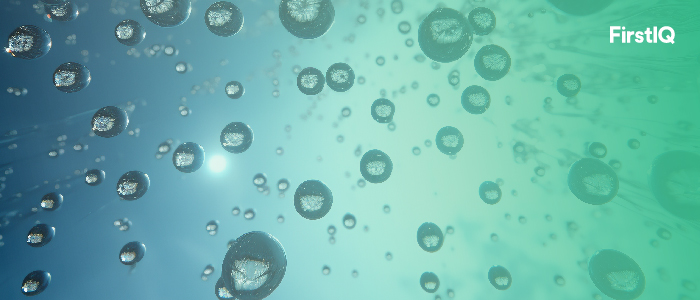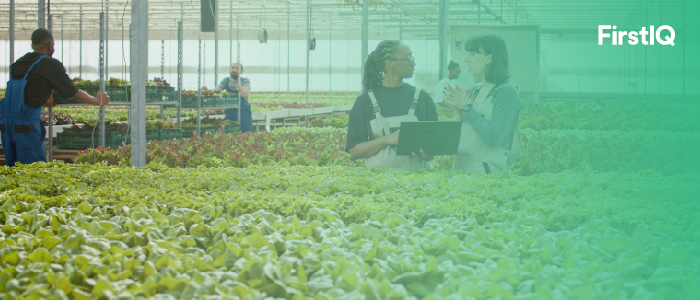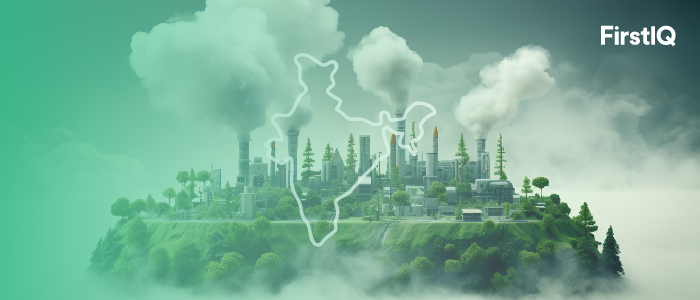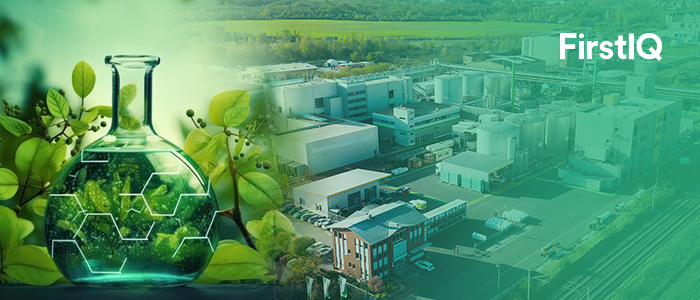How Indonesia’s Bleaching Clay Quietly Took Centre Stage in 2025!
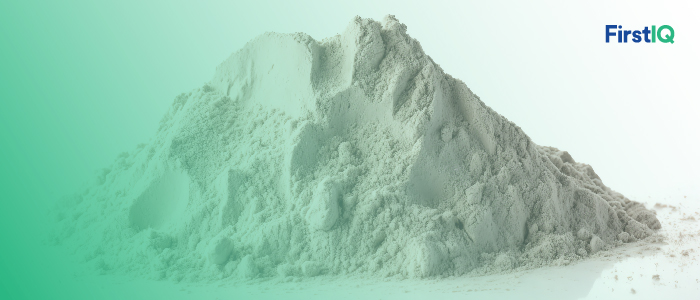
Indonesia's refining and renewable fuel ambitions are the buzz of 2025, and not everyone predicted it, but bleaching clay is playing a leading role in this movement. No longer seen as a technical commodity, the product is now on the front line in supporting both the nation's traditional refining capacity and its ambitious entry into sustainable aviation fuel.
Indonesia's Refining Ambitions Just Got Bigger
The Indonesian government on March 28, 2025, revised its goal for oil refining capacity to 1 million barrels per day from 500,000 barrels per day. It reflects the sharp increase, reflecting the country's drive towards increasing local fuel security and exports.
New refineries are being set up in Sulawesi and Kalimantan to produce cleaner and export-grade fuels. With the increased expansion, the demand for bleaching clay is increasing exponentially.
The product is vital in:
- Removing impurities and color bodies
- Increasing fuel and lubricant quality
- Supporting long shelf life and product integrity
Where previously used solely in edible palm oil refining, bleaching clay now finds an equally important position in petroleum refining operations.
Biofuel Breakthrough: Bleaching Clay in Green Aviation
Pertamina's Cilacap green refinery on April 29, 2025, became a national icon when it received ISCC and CORSIA recognitions, officially declaring it a sustainable aviation fuel (SAF) producer.
The refinery, with a 300,000 kilolitres yearly production capacity mainly from used cooking oil, is Indonesia's entry into the global green aviation fuel market.
Bleaching clay in this location plays a crucial role in:
- Providing ultra-pure feedstocks
- Having high global quality standards
- making SAF viable for use by commercial aviation
Product performance in a business where carbon regulation and aviation safety go hand-in-hand is bleaching clay.
Spent Clay: Industrial Disposal to Circular Potential
The growing use of bleaching clay has also rekindled the environmental agenda in Indonesia. Although the Indonesian government had in the past categorised spent bleaching earth as non-hazardous, 2025 saw renewed interest in sustainable reuse ideas.
Industries are increasingly exploring the options beyond landfill disposal, including:
- Energy recovery through thermal processing
- Soil enrichment in agriculture
- Application of eco-material in building mix
This is happening alongside national campaigns to adopt circular economy models in industrial operations.
Why Domestic Bleaching Clay Is Important to Indonesia
Indonesian domestic bleaching clay reserves are revealing themselves to be an asset of strategy as the world focuses attention on the availability of natural processing material.
This was more acutely realised on April 8, 2025, when Clariant launched a new product, Ceridust 1310, to meet world uncertainty in supplies of carnauba wax a reminder of the vulnerability of global supply chains for natural products.
For Indonesia, this means:
- Improved supply to local industry
- Lower import dependency
- Enhanced refining and biofuel export margins
With its rising output of palm oil, fossil fuels, and biofuels, indigenous sourcing of bleaching clay directly supports Indonesia's industrial autonomy.
Quiet but Important: Bleaching Clay's New Role
Bleaching clay in 2025 is no longer just a technical input but is also contributing to Indonesia's processing of more petroleum, adhering to international aviation fuel standards, and adopting green industrial practices. With both infrastructure and sustainability targets accelerating, bleaching clay has emerged as an unsung but strategic player in Indonesia's industrial development.
From oil refineries to green aviation, bleaching clay has gained a new reputation one which reflects Indonesia's dual vision of energy security and environmental responsibility.
